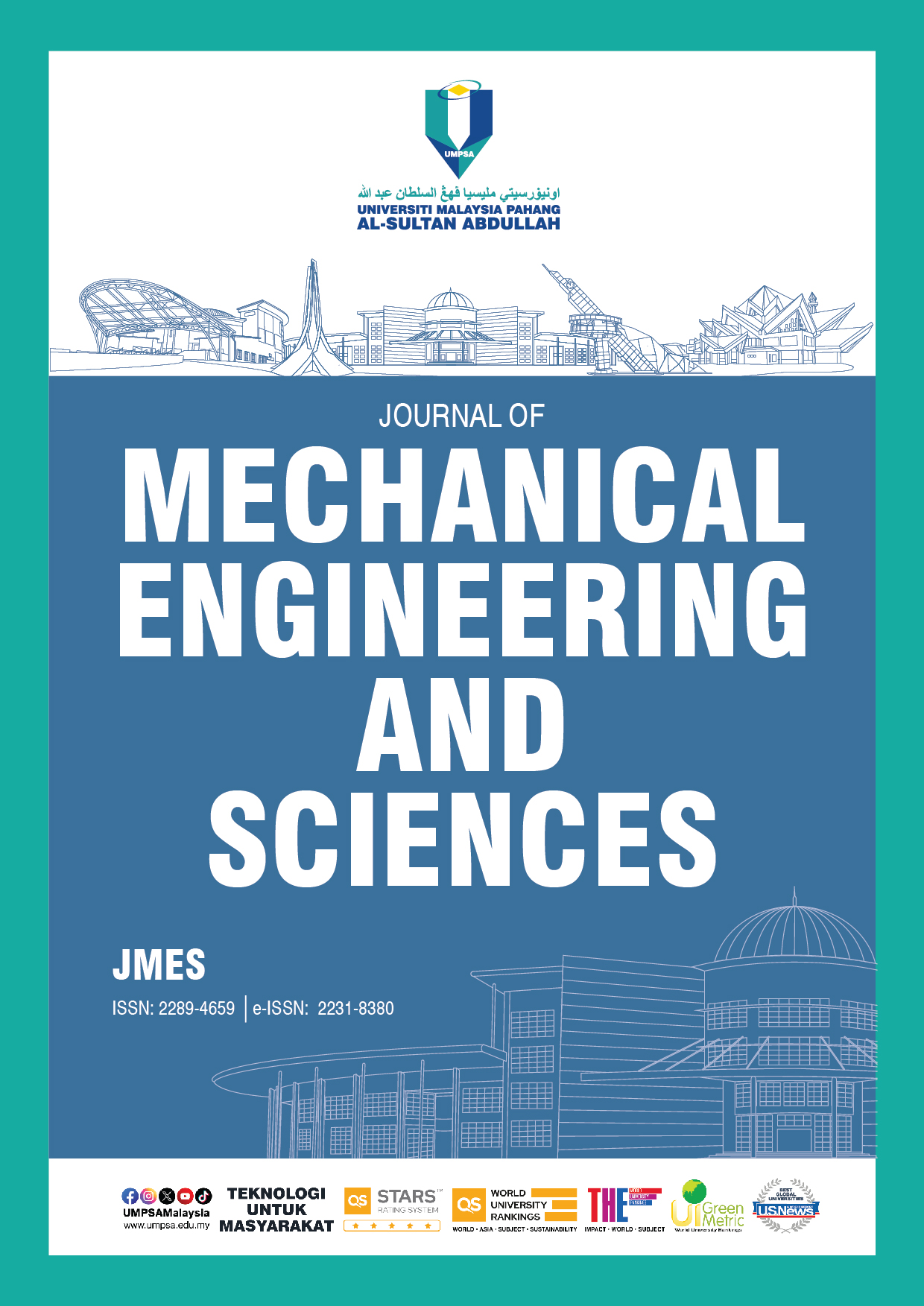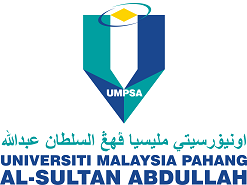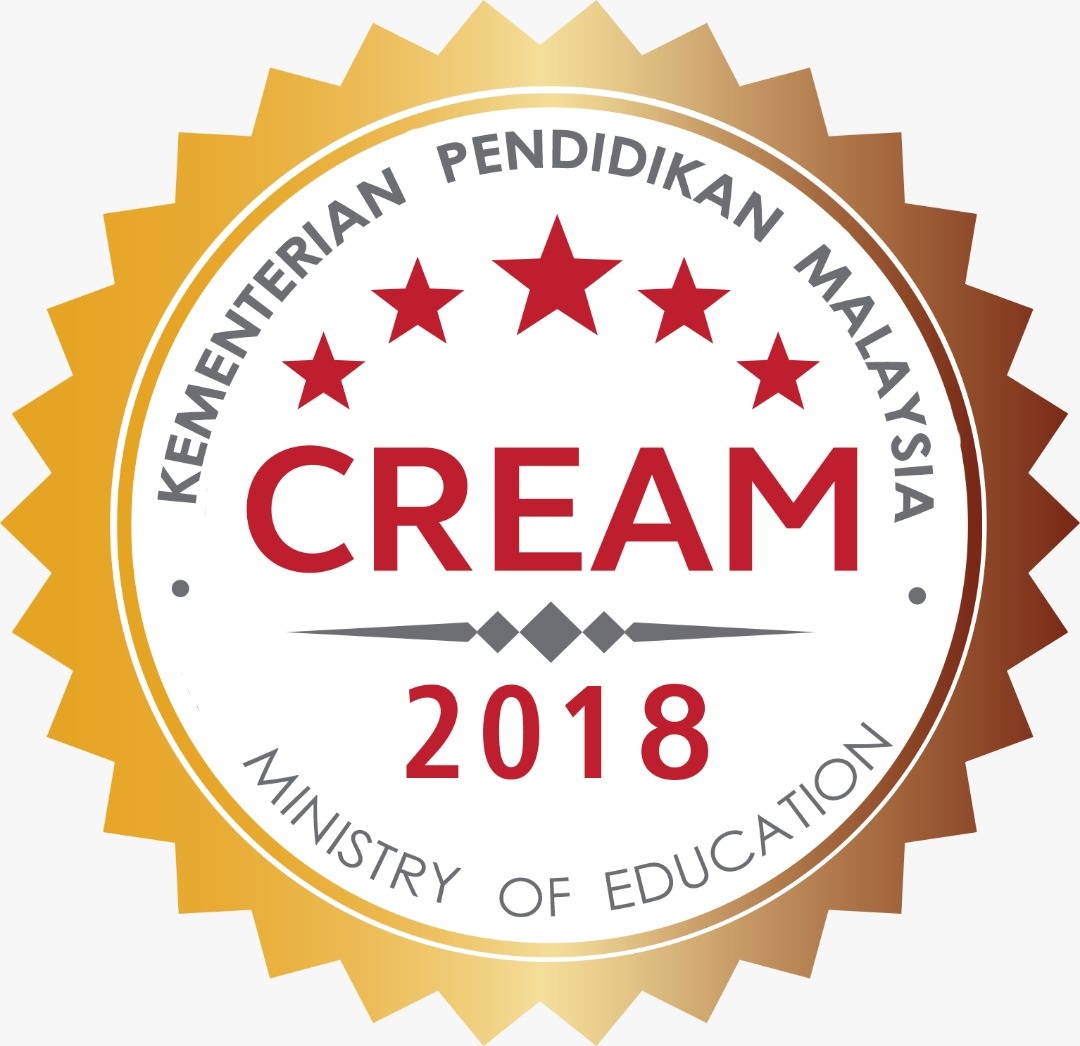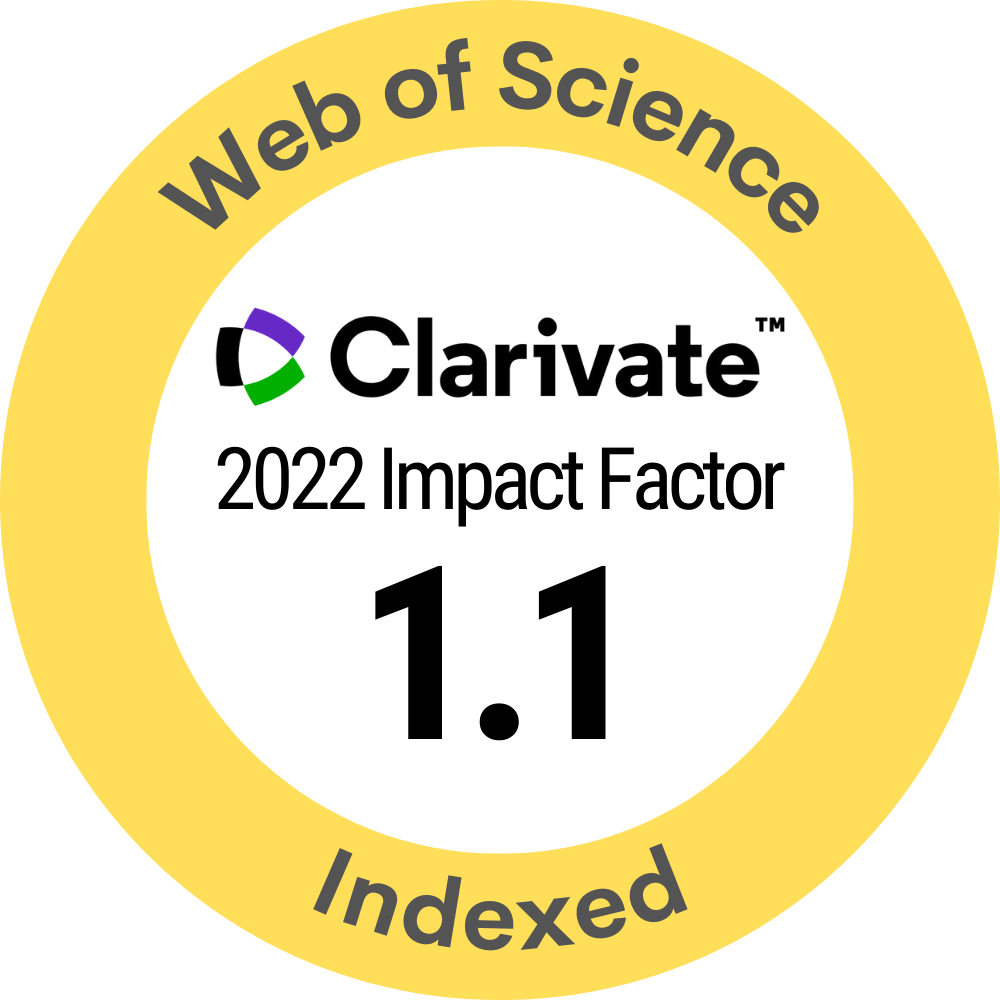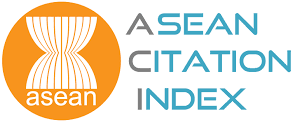The correlation of surface roughness and tool edge condition under sustainable cryogenic machining
DOI:
https://doi.org/10.15282/jmes.17.1.2023.2.0736Keywords:
Cryogenic Machining, Sustainable Machining, Surface Roughness, Inconel 718, Tool WearAbstract
This paper investigates the correlation between surface roughness of Inconel 718 and tool edge condition of ball nose inserts when milled at high speed. The cutting parameters were varied as follows; cutting speed: 120–140 m/min, feed rate: 0.15–0.25 mm/tooth, and axial depth of cut: 0.3–0.7 mm. For a sustainable machining approach, the experimental works were carried out under a smooth supply of cryogenic coolant which is a mix of liquid CO2, gas CO2, and compressed air. The experimental results revealed that the range of surface roughness obtained is from 0.114 to 0.197 µm. Along the cutting process, the tool wear patterns such as the abrasion, chipping, and the intermittent build-up-edge near the depth of cut cause the rapid increase of tool wear as well as the roughness of the machined surface with a significant correlation between them. However, the roughness was slowly reduced and became stable with the increase of notch wear. The finding could be used as a prediction reference for monitoring surface roughness and tool wear progress under cryogenic conditions. It also provides foundations for further research on machinability under this sustainable approach.
References
M. F. Azhar, C. H. Che Haron, J. Abdul Ghani, and N. H. Abdul Halim, “Wear mechanisms of coated tungsten carbide when machining Inconel 718 under cryogenic and dry conditions,” in Proceedings of Asia International Conference on Tribology 2018, pp. 261–262, 2018.
J. L. Cantero, J. Díaz-Álvarez, M. H. Miguélez, and N. C. Marín, “Analysis of tool wear patterns in finishing turning of Inconel 718,” Wear, vol. 297, no. 1–2, pp. 885–894, 2013.
N. H. A. Halim, C. H. C. Haron, J. A. Ghani, and M. F. Azhar, “Tool wear and chip morphology in high-speed milling of hardened Inconel 718 under dry and cryogenic CO2conditions,” Wear, vol. 426–427, pp. 1683–1690, 2019.
C. Courbon, F. Pusavec, F. Dumont, J. Rech, and J. Kopac, “Tribological behaviour of Ti6Al4V and Inconel 718 under dry and cryogenic conditions—Application to the context of machining with carbide tools,” Tribology International, vol. 66, pp. 72–82, 2013.
K. Nimel Sworna Ross and G. Manimaran, “Effect of cryogenic coolant on machinability of difficult-to-machine Ni–Cr alloy using PVD-TiAlN coated WC tool,” Journal of the Brazilian Society of Mechanical Sciences and Engineering, vol. 41, no. 1, pp. 1–14, 2019.
N. Tapoglou, M. I. A. Lopez, I. Cook, and C. M. Taylor, “Investigation of the influence of CO2cryogenic coolant application on tool wear,” Procedia CIRP, vol. 63, pp. 745–749, 2017.
S. Debnath, M. M. Reddy, and Q. S. Yi, “Influence of cutting fluid conditions and cutting parameters on surface roughness and tool wear in turning process using Taguchi method,” Measurement: Journal of the International Measurement Confederation, vol. 78, pp. 111–119, 2016.
A. K. Srivastava, M. Maurya, A. Saxena, N. K. Maurya, and S. P. Dwivedi, “Statistical optimization by response surface methodology of process parameters during the cnc turning operation of hybrid metal matrix composite,” Evergreen, vol. 8, no. 1, pp. 51–62, 2021.
A. Thakur and S. Gangopadhyay, “State-of-the-art in surface integrity in machining of nickel-based super alloys,” International Journal of Machine Tools and Manufacture, vol. 100, pp. 25–54, 2016.
M. A. Elbestawi, “Metal Cutting Theory and Practice,” Machining Science and Technology, vol. 2, no. 2, pp. 383–384, 1998.
D. M. Abouelella, S. E. K. Fateen, and M. M. K. Fouad, “Multiscale modeling study of the adsorption of CO2using different capture materials,” Evergreen, vol. 5, no. 1, pp. 43–51, 2018.
N. H. Abdul Halim, C. H. Che Haron, and J. Abdul Ghani, “Sustainable machining of hardened Inconel 718: A comparative study,” International Journal of Precision Engineering and Manufacturing, vol. 21, no. 7, pp. 1375–1387, 2020.
Y. Aiman, M. Firdaus, M. N. Musa, and S. Syahrullail, “Theeffectiveness of jet impingement cooling system on various flat plate surface,” Evergreen, vol. 8, no. 1, pp. 187–192, 2021.
S. E. Hardmetal, “Insert Grades A1 to A37," Sumitomo General Catalog 2021-2022 [Online], Feb 20 2023. Available: https://www.sumitool.com/en/downloads/cutting-tools/general-catalog/assets/pdf/GC_A_en.pdf
L. Proud, N. Tapoglou, and T. Slatter, “A review of CO2coolants for sustainable machining,” Metals (Basel)., vol. 12, no. 2, 2022.
C. Machai and D. Biermann, “Machining of β-titanium-alloy Ti–10V–2Fe–3Al under cryogenic conditions: Cooling with carbon dioxide snow,” Journal of Materials Processing Technology, vol. 211, no. 6, pp. 1175–1183, 2011.
W. Grzesik, B. Kruszynski, and A. Ruszaj, “Surface integrity of machined surfaces,” in Surface Integrity in Machining, First Edition, New York: Springer-Verlag, 2010, pp. 143–179.
O. Pereira, A. Rodríguez, J. Barreiro, A. I. Fernández-Abia, and L. N. L. de Lacalle, “Nozzle design for combined use of MQL and cryogenic gas in machining,” International Journal of Precision Engineering and Manufacturing -Green Technology, vol. 4, no. 1, pp. 87–95, 2017.
W. Grzesik, P. Nieslony, W. Habrat, J. Sieniawski, and P. Laskowski, “Investigation of tool wear in theturning of Inconel 718 superalloy in terms of process performance and productivity enhancement,” Tribology International, vol. 118, pp. 337–346, 2017.
R. M. Arunachalam, M. A. Mannan, and A. C. Spowage, “Residual stress and surface roughness when facing age hardened Inconel 718 with CBN and ceramic cutting tools,” International Journal of Machine Tools and Manufacture, vol. 44, no. 9, pp. 879–887, 2004.
D. Ulutan and T. Ozel, “Machining induced surface integrity in Titanium and Nickel alloys: A review,” International Journal of Machine Tools and Manufacture, vol. 51, no. 3, pp. 250–280, 2011.
A. H. Musfirah, J. A. Ghani, and C. H. C. Haron, “Tool wear and surface integrity of Inconel 718 in dry and cryogenic coolant at high cutting speed,” Wear, vol. 376–377, pp. 125–133, 2017.
M. S. Kasim, C. H. C. Haron, J. A. Ghani, M. A. Azam, M. A. Ali, and M. S. A. Aziz, “The influence of cutting parameter on heat generation in high-speed milling Inconel 718 under MQL condition,”Journal of Scientific and Industrial Research, vol. 73, no. 1, pp. 62–65, 2014.
M. Mia, A. Rifat, M. F. Tanvir, M. K. Gupta, M. J. Hossain, and A. Goswami, “Multi-objective optimization of chip-tool interaction parameters using Grey-Taguchi method in MQL-assisted turning,” Measurement: Journal of the International Measurement Confederation, vol. 129, pp. 156–166, 2018.
H. N. A. Bakar, J. A. Ghani, and C. H. Che Haron, “Influence of rounded cutting-edge radius and machining parameters on surface roughness and tool wear in milling AISI H13 steel under dry and cryogenic machining,” Jurnal Tribologi, vol. 24, pp. 52–64, 2020.
D. Hong Xiao, Y. Hui He, W. Hong Luo, and M. Song, “Effect of VC and NbC additions on microstructure and properties of ultrafine WC-10Co cemented carbides,” Transactions of Nonferrous Metals Society of China (English Edition), vol. 19, no. 6, pp. 1520–1525, 2009.
Y. S. Liao, H. M. Lin, and J. H. Wang, “Behaviors of end milling Inconel 718 superalloy by cemented carbide tools,” Transactions of Nonferrous Metals Society of China (English Edition), vol. 201, no. 1–3, pp. 460–465, 2008.
M. Kasim et al., “Prediction of cutting force in end milling of Inconel 718,” Journal of Engineering and Technology, vol. 5, no. 2, pp. 63–70, 2015.
W.Li, Y. B. Guo, M. E. Barkey, and J. B. Jordon, “Effect tool wear during end milling on the surface integrity and fatigue life of Inconel 718,” Procedia CIRP, vol. 14, pp. 546–551, 2014.
Downloads
Published
Issue
Section
License
Copyright (c) 2023 Universiti Malaysia Pahang Publishing

This work is licensed under a Creative Commons Attribution 4.0 International License.

